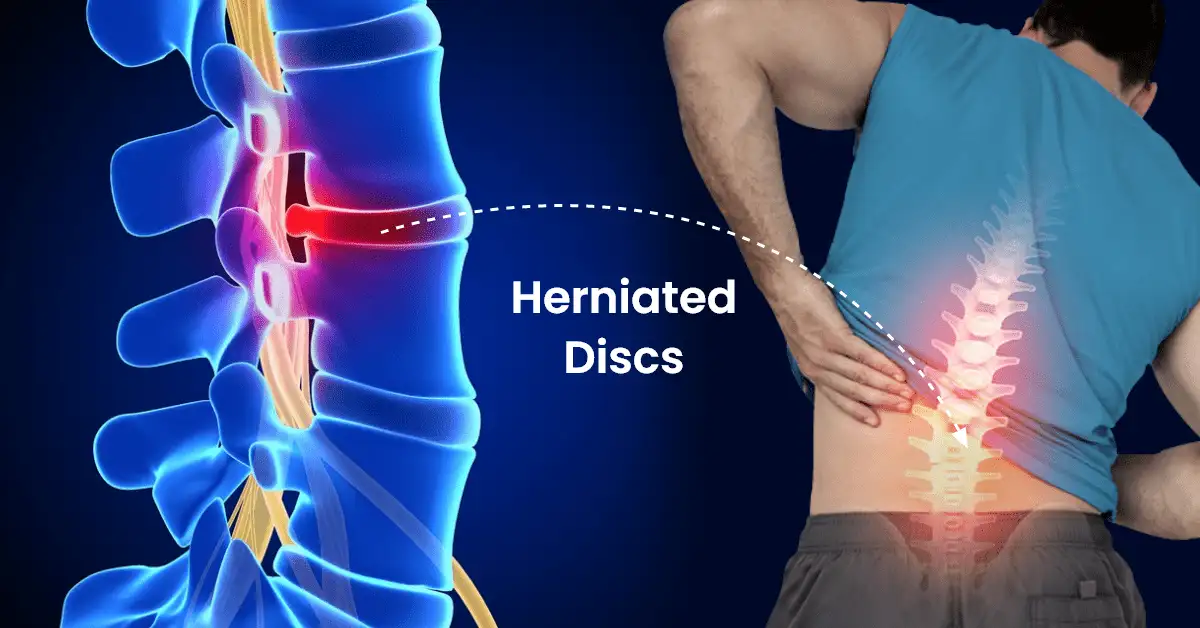Quality sleep is the cornerstone of a healthy lifestyle, yet many struggle to achieve it consistently. Fortunately, one of the most effective ways to improve sleep quality is through daily physical activity. In this guide, we’ll explore how incorporating regular exercise, including daily walks, can help tire the body and promote deeper, more restorative sleep.
-
Prioritize Daily Physical Activity:
Aim for at least 30 minutes of moderate-intensity exercise most days of the week. Whether it’s walking, jogging, cycling, or dancing, find activities you enjoy and make them a regular part of your routine. Daily movement not only tires the body but also reduces stress and promotes overall well-being.
-
Harness the Power of Daily Walks:
Daily walks are an excellent way to
incorporate physical activity into your routine without the need for specialized equipment or a gym membership. Take a brisk walk around your neighborhood, explore local parks, or stroll along nature trails to reap the benefits of fresh air and sunshine.
-
Timing is Key:
Schedule your daily activity earlier in the day, if possible, to maximize its sleep-enhancing effects. Exercise releases endorphins and raises body temperature, both of which can energize you and make it harder to fall asleep if done too close to bedtime. Aim to complete your workout at least a few hours before bed.
-
Enjoy the Relaxing Aftereffects:
After a day of physical activity, your body naturally craves rest and recovery. Embrace this feeling of tiredness as a sign that your body is ready for sleep. Take advantage of relaxation techniques such as stretching, gentle yoga, or meditation to further unwind before bedtime.
-
Establish a Wind-Down Routine:
– Pair your daily physical activity with a calming bedtime routine to signal to your body that it’s time to relax and prepare for sleep. Incorporate activities like reading, taking a warm bath, or listening to soothing music to help quiet your mind and promote restful sleep.
Incorporating daily physical activity, including energizing walks, into your routine can significantly improve sleep quality and overall well-being. By prioritizing movement, embracing tiredness as a natural part of the sleep process, and establishing a relaxing bedtime routine, you can set yourself up for deeper, more restorative sleep each night. Take the first step towards better sleep today and watch as your energy levels soar and your mood improves with each night of quality rest.



